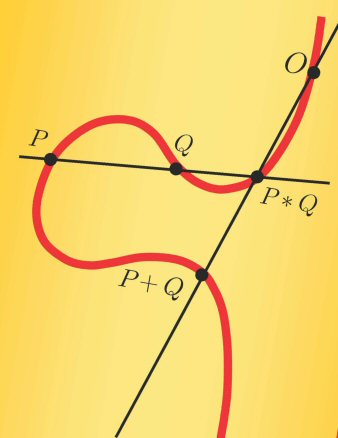 |
|
|
|
|
|
Welcome to Hardware Implementation of Finite-Field Arithmetic Web site.In this page you can find VHDL codes and other relevant information related with this book. The book is published by McGraw Hill, March 2009. ISBN: 978-0-0715-4581-5
Short description
(Preface of Book)
Finite fields are used in different types of
computers and digital communication systems. Two well-known examples are
error-correction codes and cryptography. The traditional way of
implementing the corresponding algorithms is software, running on
general-purpose processors or on digital-signal processors.
Nevertheless, in some cases the time constraints cannot be met with
instruction-set processors, and specific hardware must be considered,
that is, circuits specifically designed for executing those complex
algorithms: they implement the particular computation primitives of the
algorithms and take profit of their inherent parallelism. The emphasis is
different from the classic texts on finite fields. It is not limited to
the description of algebraic and algorithmic aspects. The main topic is
circuit synthesis. The book is
divided in 10 chapters. The first chapter (mathematical background)
gives the main definitions and properties of finite -fields. Chapters 2
to 4 are dedicated to the operations modulo m and to the
corresponding circuits: Chapter 2 deals with the modulo m reduction,
Chapter 3 with the modulo m addition, subtraction,
multiplication, and exponentiation, and Chapter 4 with the modulo p
division, being p a prime. Chapters 5 and 6 are dedicated to the
operations modulo f(x), being f(x) a polynomial over a finite field, and
to the corresponding circuits: Chapter 5 deals with the modulo f(x)
addition, subtraction, multiplication, and exponentiation, and Chap.ter
6 with the modulo f(x) division, being f(x) an irreducible polynomial.
Chapters 7 to 9 are dedicated to the main arithmetic operations over
GF(2m): in Chap.ter 7 polynomial bases are considered (thus, a
particular case of the topics dealt with in Chapters. 5 and 6); in
Chap.ter 8 normal bases are used, and in Chap.ter 9 dual and triangular
bases are considered. The last (tenth) chapter is dedicated to
elliptic-curve cryptography, currently one of the main finite-field
applications.
The table of contents is also here. This site is under construction
apologize us for errors and mistakes
|
This site was last updated 11/01/08